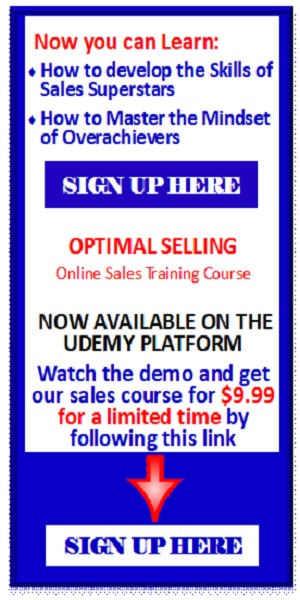When you bring people on a sales call there must only be one person who is the principle salesperson. One person should “run” the call. There should be a plan for the call and there should be a role for everyone on the call. If you don’t do this, chaos most likely will ensue. The reason is that people think they have to contribute to the conversation to justify their existence. As an example, the technical person may interject extraneous, though highly interesting, information that derails the salesperson’s line of questioning which was leading to pain.
At the beginning of the meeting it is best to define the roles of the attendees on your side so there is no confusion. Then one person should orchestrate the call. Who does most of the talking and leads the conversation depends on the goal of the call and the stage of the pursuit. For example, if the goal of the call is to engage in a technical discussion with the prospects technical people to determine if our solution will work, then the salesperson might introduce everyone, state the purpose of the call and hand the “baton” to the technical person to carry the conversation. Then, at the end of the technical discussion, the salesperson could wrap things up and close for the next step. However, if the goal of the call is to qualify the prospect, the technical person might just be there in case a technical question comes up. In that case the tech would not have a speaking role if no technical questions arose. Those are two extremes but the major point is that on every call, roles should be defined in advance, made clear to the prospect and there should only be one salesperson on the call.


